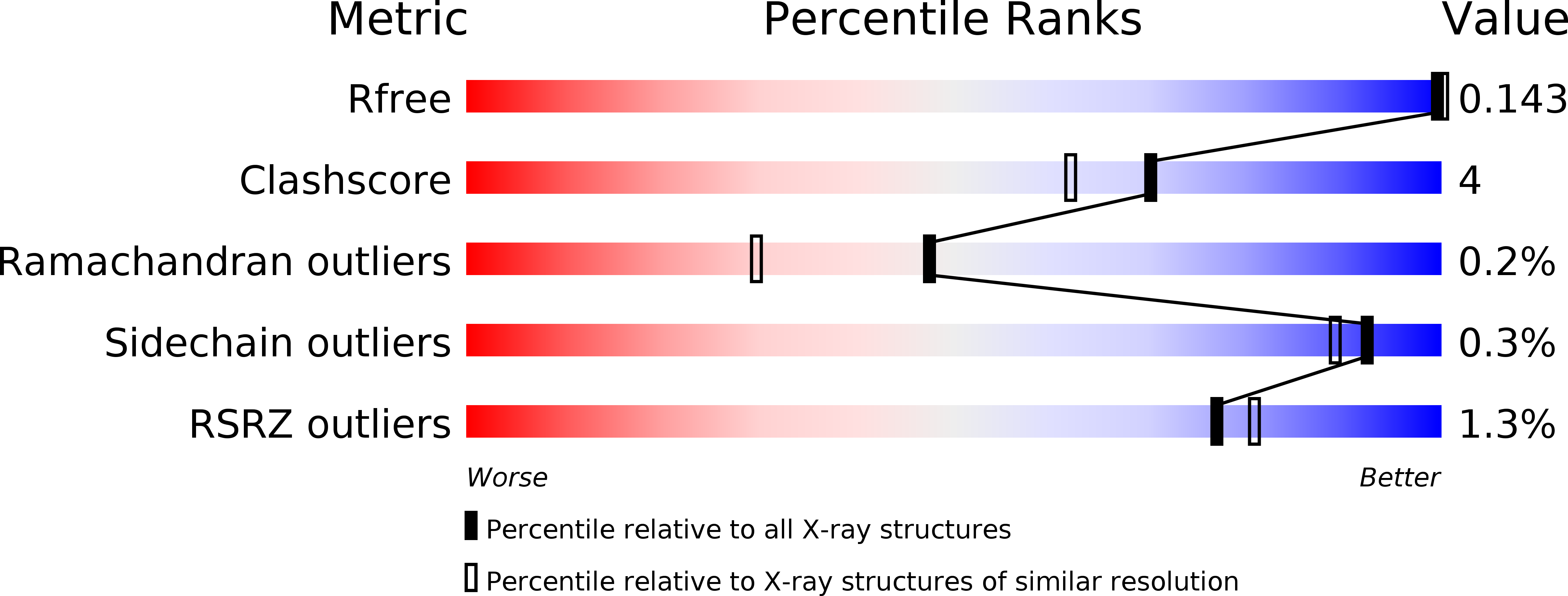
Deposition Date
2015-09-11
Release Date
2016-08-10
Last Version Date
2024-10-09
Entry Detail
PDB ID:
5DOW
Keywords:
Title:
Solution of the Variably-Twinned Structure of a Novel Calmodulin-Peptide Complex in a Novel Configuration
Biological Source:
Source Organism:
Homo sapiens (Taxon ID: 9606)
Mus musculus (Taxon ID: 10090)
Mus musculus (Taxon ID: 10090)
Host Organism:
Method Details:
Experimental Method:
Resolution:
1.70 Å
R-Value Free:
0.14
R-Value Work:
0.09
R-Value Observed:
0.09
Space Group:
P 32 1 2


